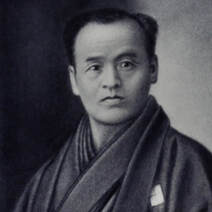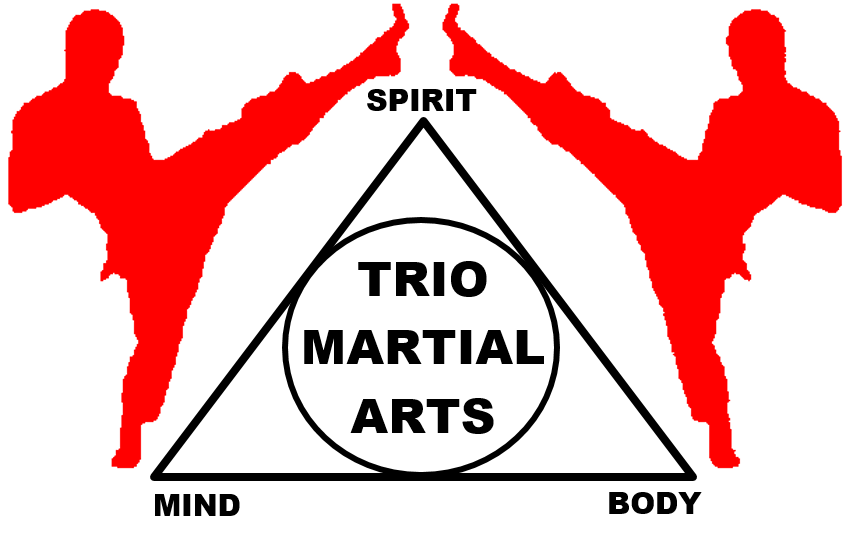|
Author: Bret Gordon  There is an excellent book by Ellis Amdur, called "Hidden in Plain Sight: Esoteric Power Training Within Japanese Martial Traditions" (to order it, click here). I feel it's absolutely required reading for anyone serious about developing internal power or aiki. In a nutshell, it describes how mundane conditioning exercises and warm-ups taught to beginners at the start of class are actually the deep secrets everyone is searching for in order to develop these very advanced skill sets. Now, the title of the book is what got me thinking. Hiding things in plain sight is all too common in the world of traditional martial arts and it is up to the student to uncover them. This journey of discovery is a crucial element of one's martial arts progress, and to this day I still find myself having lightbulb moments that I can't wait to call my instructor about. This article is actually one of those lightbulb moments that I had awhile back, and maybe it'll help cut down on the time it takes for you to understand the connection of what I'll be discussing.  The oral tradition of Daito Ryu, and thus all aiki jujutsu systems, is that the art extends back to Minamoto Yoshimitsu (1045-1127) who developed a martial art by dissecting corpses of battlefield casulaties. This art, later called Oshiki Uchi, would be passed down through the Takeda clan in secret (Minamoto's grandson adopted the surname Takeda) until Takeda Sokaku began teaching publicly in 1898. The sophistication and high quality of what Sokaku was demonstrating led to him becoming one of the most influential teachers in Japanese history, with over 30,000 recorded students over the course of his lifetime. Now based on this oral tradition, many Daito Ryu proponents claim their art is koryu (an ancient school) while their detractors say it is a gendai (modern) invention. Those who claim that it's gendai cling to two points: the first being that there is no record of Daito Ryu before 1898, when the cut off for koryu is generally considered to be thirty years prior, and that even if records existed tying Daito Ryu to Oshiki Uchi, that the latter was never a martial art but instead a formalized system of etiquette, ritual, prayer and meditation. But not everything is at it seems.  To the bystander, Oshiki Uchi is absolutely a system of etiquette. It is meant to teach one how to function inside the castle around your lord. It is a system full of bowing methods, prayer and rituals. However, any proponent of Karate will understand the process of bunkai and oyo (analysis and application). What looks like harmless solo movements are representations of practical fighting techniques. So why would Oshiki Uchi be any different? The truth is... It's not! Look at the technique demonstrated here. As the attacker comes to seize you from behind, you begin a standard seated bow by first bringing your left arm forward followed by the right (in application, this is done with just the shoulders and not the entire arm). Because the attacker's weight is over you, when you shift their center of mass from one side to the next and then remove the base from under them, they fall over you. It's not magic, but rather the same physics as stumbling off a curb you thought was still there. Another example of hidden technique is the Aiki Age shown in the video below concealed in seated gassho (prayer).
So is Daito Ryu a koryu? Maybe, maybe not. But it's clear that the oral tradition of aiki being derived from Oshiki Uchi has merit. I've even seen aiki techniques performed out of kuji kiri... My point is that as martial artists, we need to start looking deeper at what things could be rather than what we are told they are. We need to have the ability to analyze and see the correlation of movement. That is the beginning of mastery. All martial systems are connected in that there are only so many ways the body can move. A Taekwondo axe kick is the same physical movement as a Judo o'soto gari. When we forget the confines of individual styles and look for similarities in movement, we grasp the essence of what we're being shown rather than regurgitating what our teacher's taught. After all, we shouldn't be seeking to be like the old masters but instead we should be after what they sought. This article was originally published on the US Association of Martial Arts blog. To view the original article, please click here.
0 Comments
Your comment will be posted after it is approved.
Leave a Reply. |


